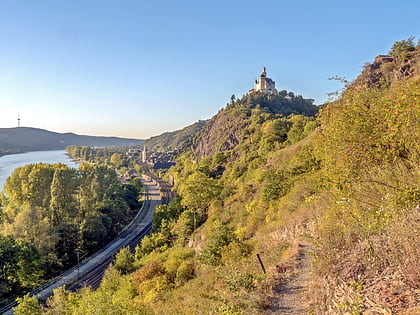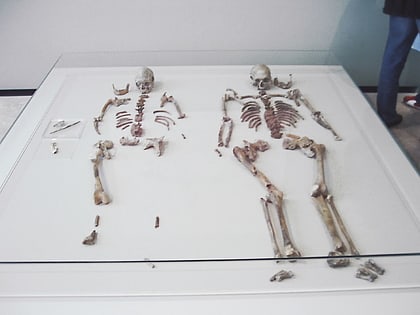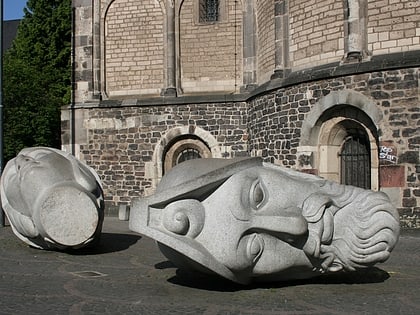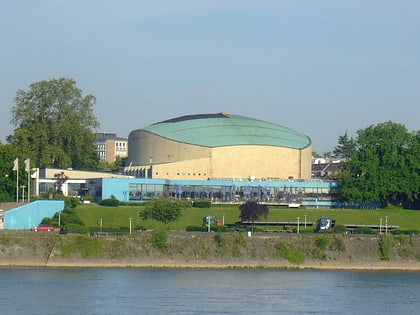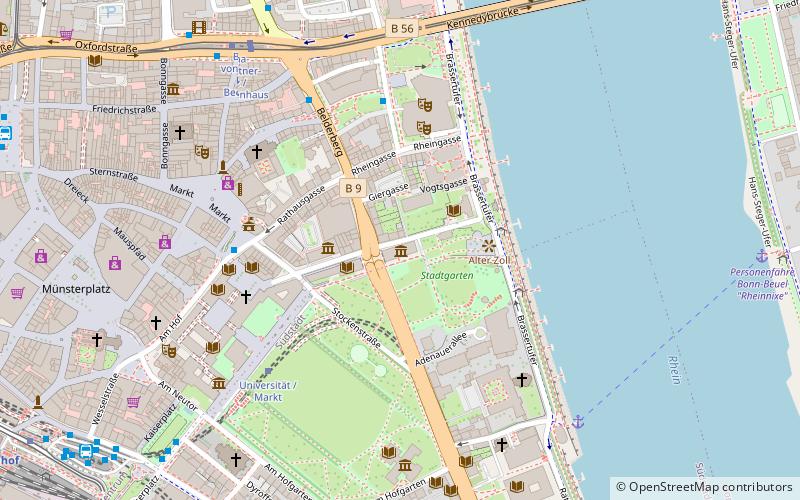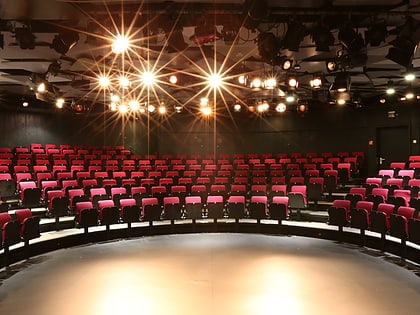Electoral Palace, Bonn
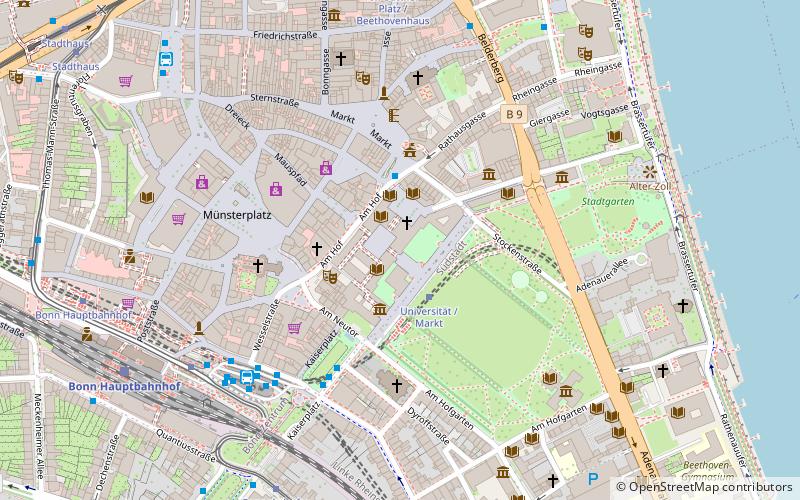
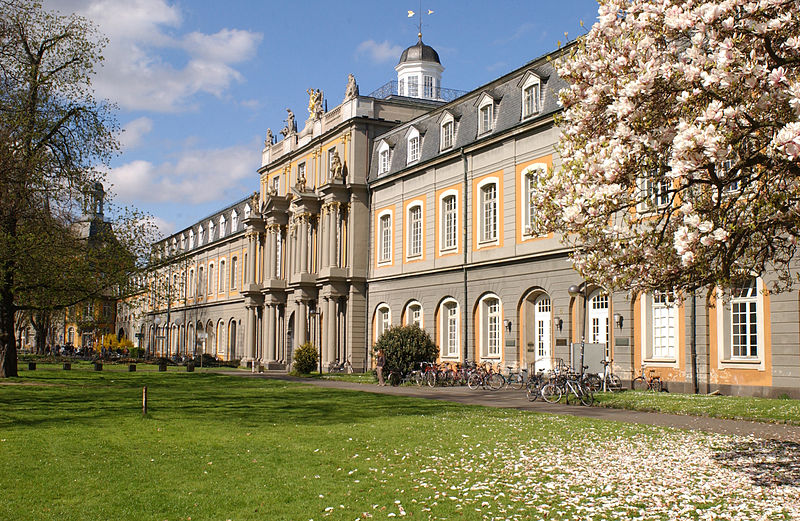
Facts and practical information
Nestled along the banks of the Rhine in the historic city of Bonn, Germany, the Electoral Palace (Kurfürstliches Schloss Bonn) stands as a testament to the city's rich political and cultural past. This grandiose palace, once the residence of the Archbishops of Cologne, is a remarkable representation of the Rococo architectural style, with its ornate facades and meticulously landscaped gardens.
Constructed in the latter half of the 18th century, the Electoral Palace in Bonn was envisioned as a symbol of the archbishop-elector's power and prestige. It was designed by the French architect Michel Leveilly and later completed by German architect Johann Conrad Schlaun. The palace's elegant design, with its harmonious proportions and decorative elements, makes it one of the most significant Rococo buildings in Germany.
The palace has undergone several transformations throughout its history, adapting to the changing times and needs. It notably served as the residence of the last prince-elector of Cologne, Maximilian Friedrich von Königsegg-Rothenfels, and later became a university building after the secularization of the Rhineland. Today, it is home to the main building of the University of Bonn, thus continuing its legacy as a center of knowledge and enlightenment.
Visitors to the Electoral Palace can admire the grandeur of its facade and the beauty of the Hofgarten, the baroque garden in front of the palace, which is a popular spot for relaxation and cultural events. Although the interior is not regularly open for public tours due to its academic use, the exterior alone makes the Electoral Palace a must-see attraction for those interested in the architectural and historical heritage of Bonn.
Bonn (Zentrum)Bonn
Electoral Palace – popular in the area (distance from the attraction)
Nearby attractions include: Rheinsteig, Beethoven House, Beethoven Monument, Akademisches Kunstmuseum.
Frequently Asked Questions (FAQ)
Which popular attractions are close to Electoral Palace?
How to get to Electoral Palace by public transport?
Tram
- Universität / Markt • Lines: 16, 63, 66, 67, 68 (2 min walk)
- Hauptbahnhof • Lines: 61, 62 (6 min walk)
Light rail
- Universität / Markt • Lines: 16, 63, 66, 67, 68 (2 min walk)
- Bertha-von-Suttner-Platz / Beethoven-Haus • Lines: 66, 67 (7 min walk)
Bus
- Markt • Lines: 529, 537, 540, 550, 551, 600, 601, 602, 603, 604, 605, 606, 607, 608, 609, 640, N4, N8, Sb55, Sb60 (2 min walk)
- Bonn Hauptbahnhof • Lines: 529, 537, 550, 551, 604, 605, 606, 607, N2, N9, Sb55 (5 min walk)
Train
- Bonn Hauptbahnhof (8 min walk)
- Bonn West (25 min walk)
Ferry
- Personenfähre Bonn-Beuel Rheinnixe • Lines: Rheinnixe (13 min walk)

